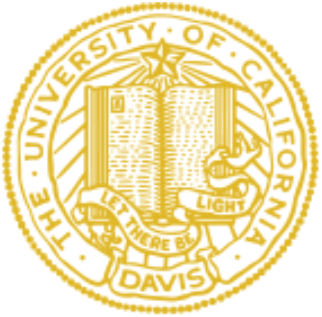Can Copyright Holders Do Harm to Their Own Works? A Reverse Theory of Fair Use Market Harm
Vol. 54
February 2021
Page 1245
The fair use doctrine balances the public’s right to make infringing uses of copyrighted works against the owner’s wish to exclude such uses. The effect an infringing use has upon the potential market for the copyrighted work — otherwise referred to as the market harm factor — is one of the most important factors in making that determination. Yet just how can this hypothetical, potential harm be determined? This is the question that courts and commentators alike have struggled with for as long as fair use has been a defense — and a question that has become even more important as recent fair use doctrine begins to move towards market harm as the single most important factor in the fair use analysis.
Conventional wisdom says that only the infringer may harm the market — that is, reduce, supplant, or even destroy the consuming public’s demand — for a plaintiff’s copyrighted works. This Article argues, instead, that a copyright holder’s own actions provide the best evidence of plausible market harm. In examples of what I term a copyright owner’s “negative” uses of her own work — using copyright to police non-copyright interests, engaging in holdup strategies, failing to update Copyright Office records, failing to mitigate damages, or using a copyright for litigation value rather than copyright value — there can be no market harm because the copyright holder has either made an efficient market transaction impossible or else actively chosen to forgo a copyright market for her work (opting instead for copyright-as-litigation-damages). By turning the lens away from the infringer’s conduct and towards the actions of the copyright holder, this Article hopes to open up a broader question about whether we can set fair use doctrine — and copyright policy more broadly — in a way that encourages better, more productive uses of copyrighted works not just by would-be infringers, but rather, by the copyright holder, herself.
